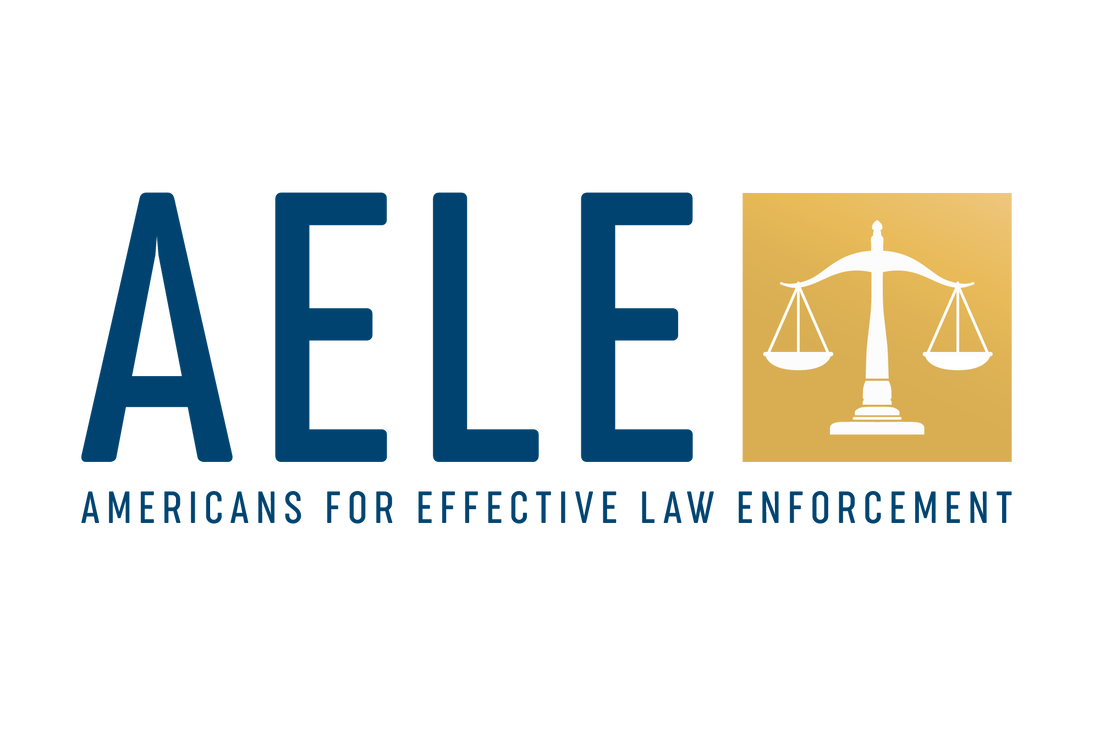
POLICIES AND STANDARDS
Back to Profiling Policies Page Back to AELE Home Page
Citizen Stops - Specimen Directive
Subject: Traffic or pedestrian stops and other law enforcement actions.*
Reference: CALEA Standard: 61.1.8 **
A. Purpose
"Profiling" is the interdiction, detention, arrest or other nonconsensual treatment of an individual because of a characteristic or status.
This directive establishes [agency] policy regarding the treatment of people based on race, national origin, citizenship, religion, ethnicity, age, gender or sexual orientation.
B. Field Officer Responsibilities
1. Traffic stops and interactive foot patrols are vital law enforcement responsibilities. In addition to deterring motor vehicle and other minor violations, they provide law enforcement visibility and deter more serious crimes. An officer may stop a motor vehicle or pedestrian upon a reasonable suspicion that the pedestrian, driver or an occupant has committed a motor vehicle violation or other offense. Such stops shall conform to [agency] policy and procedures.
2. This directive does not preclude an officer from stopping a vehicle to offer assistance, e.g., to inform a driver of an item left on the roof, or of a substance leaking from the car. Such actions should be reported as an "assist motorist" call.
3. Officers are prohibited from stopping, detaining, searching or arresting anyone because of the person's race, national origin, citizenship, religion, ethnicity, age, gender or sexual orientation -- unless they are seeking an individual with one or more of those identified attributes.
a. Officers may consider a person's apparent age when investigating a possible curfew violation.
b. Officers are frequently alerted to look for suspects and repeat offenders that fit a particular description.
4. Each officer will complete a [Citizen Stop Statistics Form] after stopping a person or vehicle, with the following information.
a. The age and gender of the person stopped (Birth date and M/F/Unknown)
b. The person's race (White, Black, Native American, Asian or Other/Unknown)
c. The person's ethnicity (Hispanic, Non-Hispanic or Unknown)
d. The nature of the stop (criminal investigation, MV investigation or equipment violation)
e. The law assumed to be violated.
f. Whether or not the vehicle was searched
g. Whether or not individuals were searched
h. The disposition of the incident (no action, verbal or written warning, citation or arrest)
The officer will not ask the offender for demographic information. Rather, the officer will use the individual's driver's license or the officer's own observation to determine the demographic information required above. Officers should consult their supervisors for clarification of any demographic uncertainties.
5. The [Citizen Stop Statistics Form] requirement does not apply to authorized roadblocks.
6. Officers shall complete an incident report whenever:
a. There is a search of the vehicle or occupants, except at authorized roadblocks
b. Any occupant is handcuffed or taken into custody
c. There is a use of force (other than verbal commands) by any officer
d. The driver or any occupant questions whether the stop was made because of profiling
7. Officers shall treat every person with courtesy and respect. An officer shall provide his/her name, code number and reason for a citizen stop whenever an pedestrian, motorist or passenger requests such information.
8. Whenever a person complains that an officer has engaged in practices prohibited by this directive, the officer will immediately notify the shift supervisor.
C. Supervisor Responsibilities
1. Supervisors shall ensure that officers follow the policies and procedures outlined in this directive.
2. An on-duty supervisor shall promptly respond to an incident when advised that a person is making a complaint alleging profiling or other improper conduct.
3. After discussion with the person, the supervisor shall provide the complainant with a [Citizen Complaint Form] if the matter is not resolved. The supervisor shall inform the complainant that the Form should be filled out and either mailed or hand delivered to the [Office of the Chief of Police]. The supervisor shall stand by if the complainant wishes to fill out the form and turn it in immediately.
This directive provides general guidelines to personnel regarding improper practices and is for internal use only. It is not intended to enlarge an officer's criminal or civil liability in any way, except as to any disciplinary action that might arise. It should not be construed as the creation of a higher standard of safety or care in an evidentiary sense, with respect to third party claims. Violations of this directive, if proven, can only form the basis of a complaint by this department, and then only in an employment-related proceeding.
_________________
* This document was written by the AELE Law Enforcement
Legal Center, after reviewing directives issued by various law enforcement
agencies. It assumes the adopting law enforcement agency will want to collect
statistics. If not, omit B-4 and B-5 (and renumber B-6 through B-8). It
was initially called "Traffic Stops," but was renamed "Citizen
Stops" to clearly indicate that it applies both to traffic and pedestrian
stops.
** CALEA Standard 61.1.8 Traffic Enforcement: A written directive establishes procedures for officers to follow in their relations with traffic violators.
CALEA Commentary: Once the officer has stopped the violator and established control, "officer-violator relations" are activated. The purpose of this directive is to provide guidelines to ensure that officers take proper enforcement action and attempt to alter favorably the violator's future driving habits. The procedures should minimize conflict between the officer and the violator and facilitate a professional interaction.
Copyright © AELE 2022